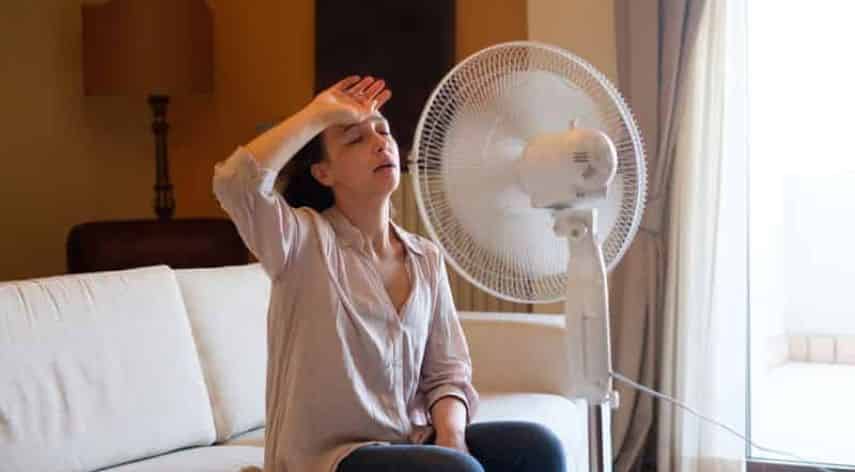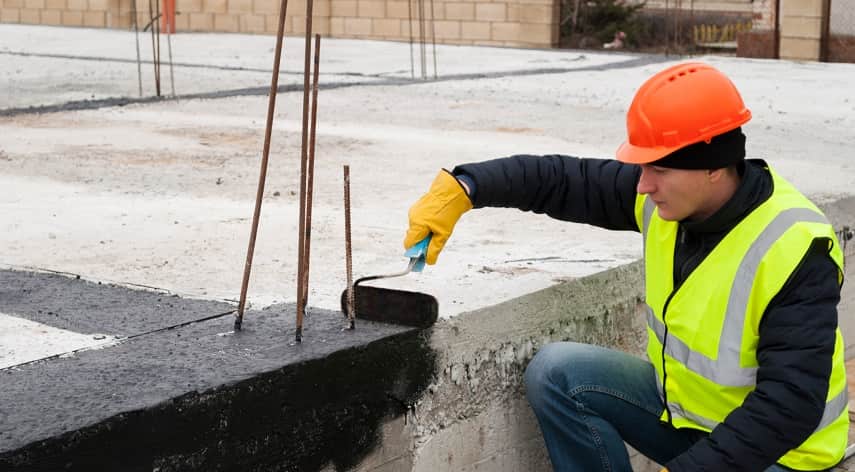How to Reduce Humidity Indoors

High humidity levels can cause several problems indoors, from musty smells and mildew growth to condensation on windows and walls. If you’re struggling with high humidity levels in your home, there are a few things you can do to reduce the amount of moisture in the air.
Table of Contents
ToggleHow to Reduce Humidity Indoors Naturally
Simply open a window or door for a few minutes each day to allow fresh air to circulate
Indoor humidity can be a problem for many homeowners, especially during the summer months. Excess moisture in the air can cause condensation on walls and windows, musty odors, and even promote the growth of mold and mildew. Luckily, there are a few simple ways to reduce indoor humidity and create a more comfortable home environment. One of the easiest ways to reduce humidity is to simply open a window or door for a few minutes each day to allow fresh air to circulate. This will help to remove humid air from the home and allow drier air to enter.
Use fans to help circulate the air and dried moist air out of your home
Most people are familiar with the feeling of sticky, humid air on a hot summer day. And anyone who has ever stepped into a musty basement knows that humidity can quickly turn an otherwise comfortable space into a veritable sauna. Fortunately, there are a few simple steps you can take to reduce humidity indoors and keep your home comfortable and healthy. One of the most effective ways to reduce humidity is to use fans to help circulate the air. This will not only help to dry moist air out of your home, but it will also help to prevent the buildup of stagnant air, which can itself be a major source of humidity.
Make sure you’re not over-watering your plants
Another step you can take to reduce the humidity in your home is to make sure you’re not over-watering your plants. If the soil is constantly damp, it will release moisture into the air, raising the humidity levels. Second, keep any indoor water features properly drained and maintained. A leaky fountain or stagnant fish tank can quickly raise the humidity in a room.
You can also try using a dehumidifier to remove excess moisture from the air
Many people don’t realize that the air inside their homes can be much more humid than the air outside. This is because homes are closed up tight, trapping moisture. Too much humidity can lead to all sorts of problems and can make it difficult to breathe, especially for people with allergies or asthma. Thankfully, there are a few things you can do to reduce the humidity in your home. You can try using a dehumidifier to remove excess moisture from the air. Just be sure to empty the unit often so that it doesn’t become overloaded and start releasing humidity back into the air. With a little effort, you can keep your home comfortable and free of harmful airborne pollutants.
Have your AC checked and repaired
Air conditioners are one of the most effective ways to keep your home cool and comfortable during the hot summer months. However, air conditioners can also be a major source of indoor humidity. When an air conditioner is not properly maintained, it can release large amounts of water vapor into the air, leading to high levels of indoor humidity. One way to reduce indoor humidity is to have your AC checked and repaired on a regular basis. By having a trained technician inspect your AC unit, you can ensure that it is operating properly and not releasing excessive amounts of water vapor into the air. In addition, regular AC maintenance can help to prolong the life of your unit and improve its overall efficiency. As a result, having your AC checked and repaired regularly is one of the best ways to reduce indoor humidity.
Make sure you’re not adding any unnecessary moisture to the air
One of the most important things you can do to reduce the amount of moisture in the air is to make sure you’re not adding any unnecessary moisture to the air. This means hanging wet laundry outside to dry, instead of inside. When cooking or using the stovetop, be sure to use the vent fan to remove any moist air from the room. And when drying clothes, use a clothesline or drying rack instead of a dryer. By taking these simple steps, you can help to keep your home’s humidity levels in check.
Pankaj Majumder, a seasoned Civil Engineer, combines technical expertise with a passion for innovative infrastructure solutions. With a strong academic background and diverse project experience, he excels in creating sustainable and resilient structures that shape the future of urban development.
Recommended For You
Spread the loveWhile moving to your new city, there are a lot of things to be taken care of. Forgetting
Spread the loveHyderabad is a city that experiences heavy rainfall during the monsoon season. This can often lead to water
Spread the loveWelcome to your ultimate guide for finding and hiring the best commercial roof repair experts. If you’re facing





